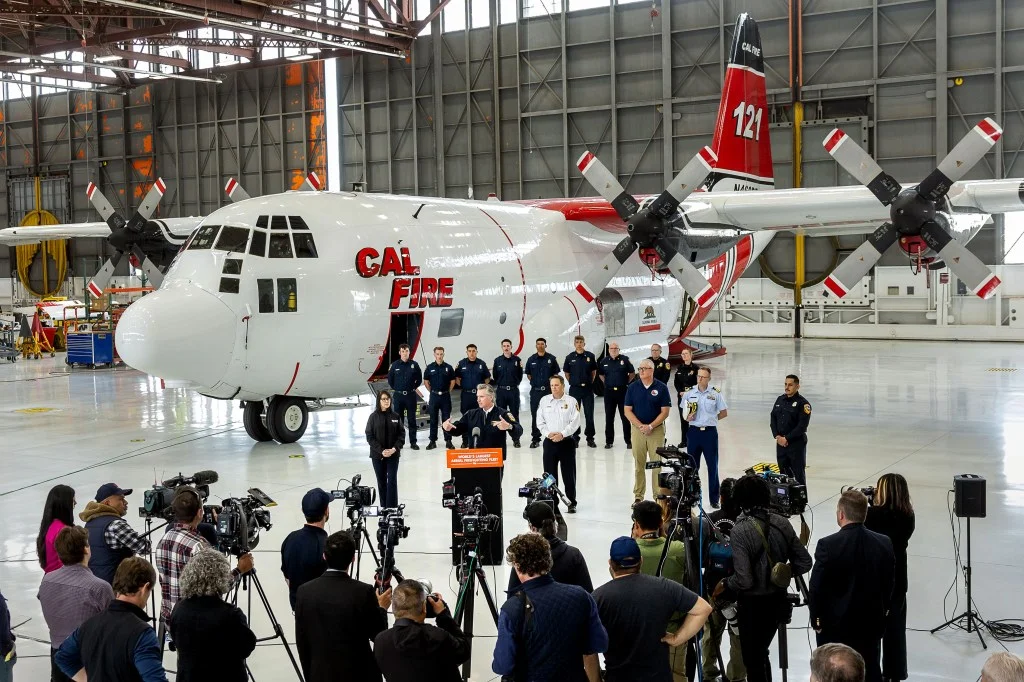
How California’s Newest Sky Guardian is Revolutionizing Wildfire Defense
In a bold move to combat escalating wildfire threats, California has bolstered its aerial firefighting capabilities just as the peak fire season looms. With climate change intensifying the frequency and ferocity of wildfires, this enhancement could be a game-changer for protecting lives, property, and natural landscapes across the state.
At the heart of this development is the addition of a second C-130 Hercules airtanker to California's already formidable fleet, the largest in the world. Governor Gavin Newsom announced this milestone, emphasizing the state's proactive approach to wildfire suppression. This aircraft, retrofitted from a former U.S. Coast Guard plane, joins the first C-130H that proved its mettle earlier this year in Los Angeles fires. Since its deployment, that initial tanker has flown 90 missions, dropping over 253,000 gallons of retardant on 36 fires, showcasing its critical role in rapid response.

The new C-130H can carry up to 4,000 gallons of fire retardant, deployable in under five seconds, and boasts impressive range and speed—flying up to 800 miles per mission. This capability far surpasses many existing aircraft in CAL FIRE's arsenal, allowing for quicker and more effective containment of blazes. As U.S. Senator Alex Padilla noted, "These powerful planes will enable California to respond to wildfires more quickly and effectively as we face more extreme conditions." Representative Ken Calvert echoed this sentiment, calling the addition a "game-changing" step in protecting Californians from dangerous wildfires.
The initiative traces back to 2018, when California secured approval to acquire seven C-130s from the Coast Guard. The transfer was finalized in late 2023, with extensive modifications including advanced retardant delivery systems. CAL FIRE Director Joe Tyler highlighted the aircraft's role in an era of year-round wildfire threats, stating, "This addition strengthens our aerial firefighting capabilities and demonstrates our continued commitment to safeguarding lives, property, and natural resources."

Comparatively, this expansion builds on California's existing innovations, such as Fire Hawk helicopters capable of night operations and the integration of AI for wildfire detection. While the state manages only 3% of its forests, it has treated nearly 2 million acres in recent years, underscoring a multifaceted strategy. The strategic placement of these C-130s at various CAL FIRE bases ensures rapid mobilization, potentially transforming how emergencies are handled not just for fires but also for search and rescue.
Ultimately, this upgrade symbolizes California's resilience in the face of environmental challenges. As the state gears up for what could be a drier-than-average summer, these enhancements promise to save lives and mitigate damage. What do you think—will this aerial powerhouse tip the scales against wildfires? Share your thoughts in the comments below and help us discuss the future of disaster response.